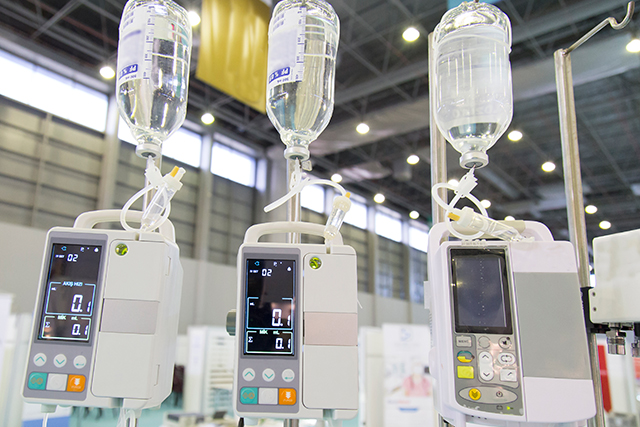Every other week is seems like another chemotherapy drug is unavailable due to a shortage. What is being done about these? — Name withheld on request
The frequency of drug shortages can be frustrating, and especially concerning when chemotherapy agents are involved. A 2017 survey conducted by the Institute for Safe Medication Practices (ISMP) indicated that 66% of respondents were affected by drug shortages on a daily basis, with 55% reporting a shortage of 21 or more drugs within the previous 6 months.1
The American Society of Health-System Pharmacists (ASHP), in collaboration with the University of Utah Drug Information Service, maintains an ongoing list of medications on shortage and also tracks statistics on this. In 2017, 146 medications experienced a new shortage (in addition to any that may have remained on shortage prior to January 1).2 Some of the medications most frequently affected are intravenous products and include electrolytes, antibiotics, CNS medications, and chemotherapy.
The reasons for medication shortages vary. Some, such as the recent IV fluid shortage, are the result of natural disasters in Puerto Rico, where many of these products are manufactured. More frequently, shortages are due to manufacturing issues affecting medication quality, supply/demand imbalances, or shortages of raw materials needed to manufacture the medication.
The Food and Drug Administration (FDA) and ASHP both maintain information on ongoing medication shortages. The FDA website maintains a list of medications on shortage with a focus on medically necessary drugs with the potential to affect public health, while the ASHP website lists every shortage reported to them as soon as it is confirmed. Both sites contain information about expected duration of the shortage as well as information on alternate suppliers, when available.
